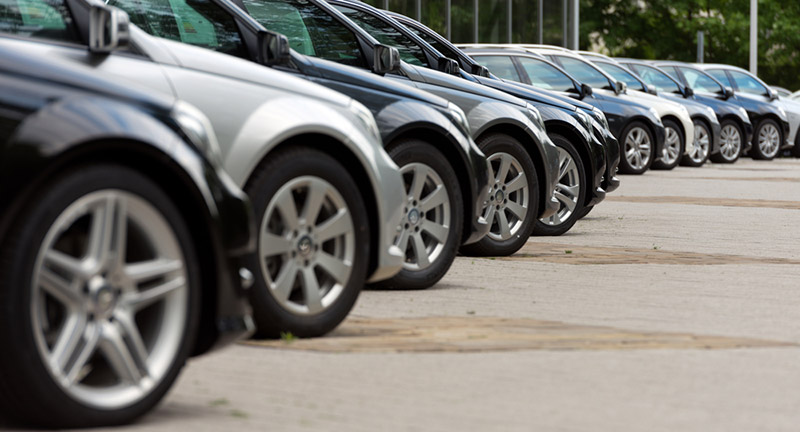Why Vehicle Leasing Trends are Surpassing Owning

Fleet leasing occurs when businesses lease a group of vehicles on a temporary basis instead of purchasing them outright. Recently, businesses are turning more and more] to this option. Based on recent changes to both technology and taxes, the amount of vehicles leased by businesses promises to increase in the future. Here are some of the reasons why companies are turning away from owning and towards leasing.
New Tax Laws
The Tax Cuts and Job Reform Act made drastic changes to the tax code. One of the major changes was a reduction in the corporate tax rate from 35 percent all the way down to 21 percent. The major relevant aspect of the new tax bill is that businesses can take less of a deduction for interest. There is also a cap on the total amount of interest expenses that can be deducted. Previously, this deduction had encouraged companies to purchase capital assets since it would ultimately save them money on their taxes. The lower tax rate now means that businesses have less of an incentive to seek deductions. This puts a thumb on the scale when businesses are deciding whether to lease or own.
Technological Disruptions
Businesses simply do not know what the landscape will look like years from now. Technology is rapidly changing the look of vehicle fleets. The future promises new innovations such as self-driving trucks and artificial intelligence. It simply does not make sense for businesses to invest heavily in new vehicles when the underlying technology can change dramatically in the next several years. Businesses could then be stuck with a fleet of obsolete vehicles for which they are still paying. For companies, it may be more prudent to lease since it means that they can have the latest technology, yet they are not tied down to it for the long term.
Avoiding Maintenance Hassles
When a business owns a vehicle, they are responsible for all of the maintenance expenses and must worry about preserving the value of the vehicle. This worry becomes even more pronounced in light of the advancements in technology that is found in the vehicles. More technology means even more things that can go wrong in a vehicle. When things do break, the expense to fix it is even greater. When businesses lease a vehicle, the lessor can assist with the maintenance depending on the type of lease that is chosen. Leasing incorporates a recognition that keeping up with the maintenance issues will not be the primary responsibility of the business.
Dealing with Workforce Shortages
Not only are truck drivers in short supply, but there is also a shortage of workers throughout the trucking industry in general. This also applies to maintenance personnel and warehouse workers. Businesses are starting to see the virtues of outsourcing many of these functions. Leasing vehicles means that the lessor's mechanics will be tending to the vehicles. In addition, drivers tend to be attracted to the opportunity to drive vehicles that are in the best condition. Companies that can provide drivers with the newest rigs have an advantage in the area of recruitment and retention of drivers.
Easier Management
Fleet management has a lot of moving pieces. This equation has grown even more complex in light of technological changes and amendments to the tax code. The complexity means that fleet management threatens to take even more of senior management's time and effort. Management's time and attention is a valuable commodity, and leasing is a sensible way to ensure that management can spend its time where it is most needed. This allows a company to focus on doing what it does best and outsource some of the headaches to someone else.
For various reasons, fleet leasing is assuming a more prominent place in companies' vehicle strategies. Not only does leasing make management's life easier in several respects, but it may also be a cheaper alternative in light of changes to the tax code.
The post Why Vehicle Leasing Trends are Surpassing Owning appeared first on Foundation Capital.
